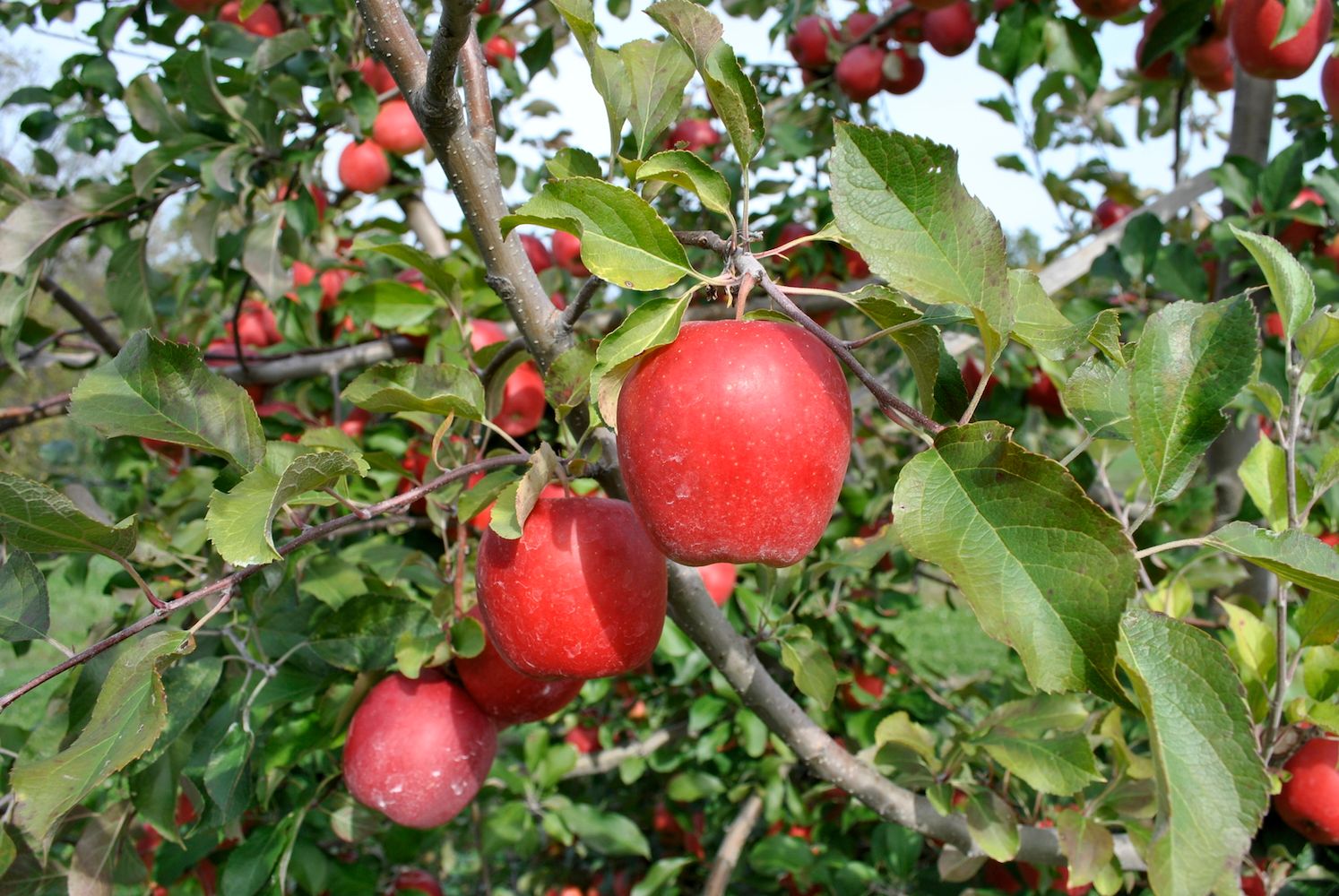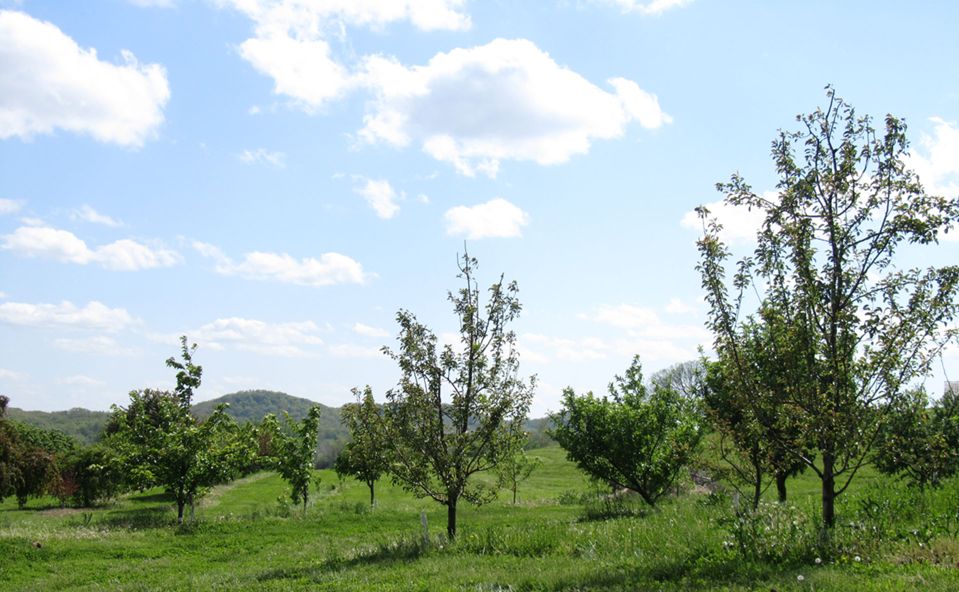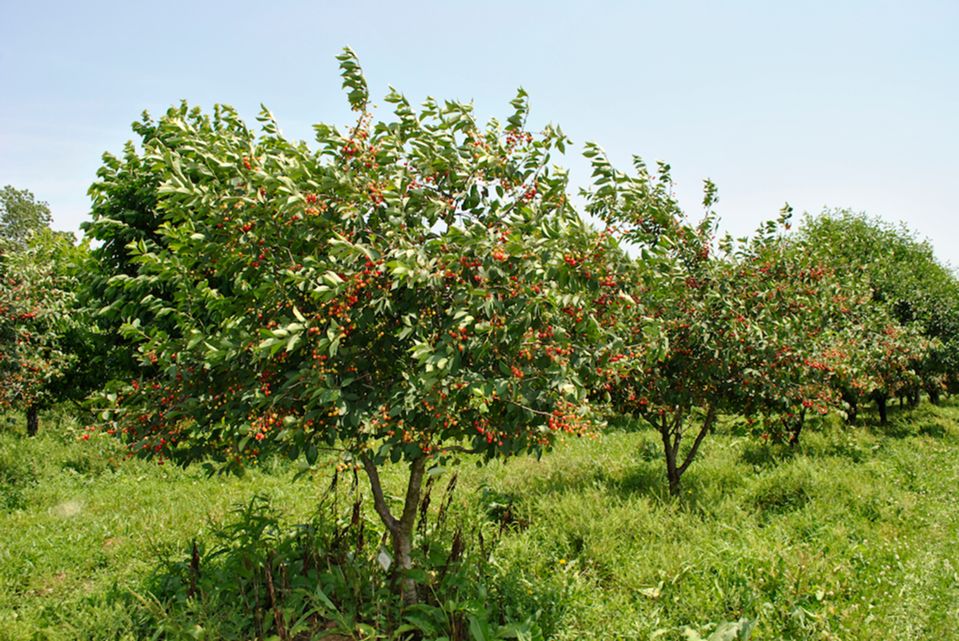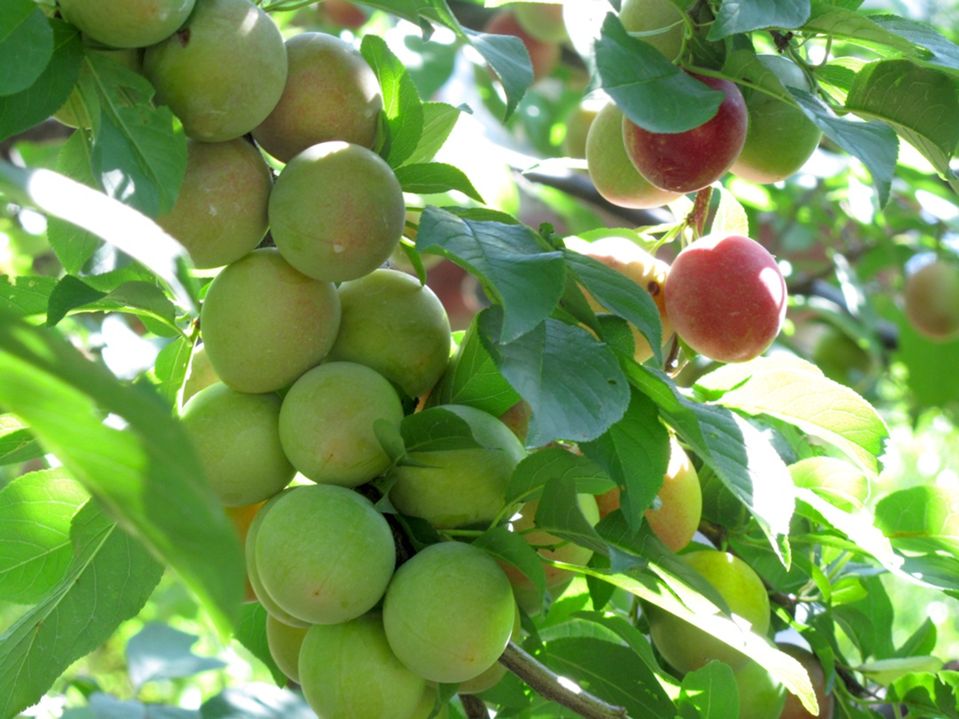Stages of Apple Tree Growth: What to Expect After Planting

"It is remarkable how closely the history of the apple tree is connected with that of man." — Henry David Thoreau
Year 1: Apple Variety Budded/Grafted to Rootstock


At Stark Bro's, in the first year of a grafted apple tree's life, it begins as an apple rootstock and a budded/grafted variety. This method is true for all varieties, including Fuji, Golden Delicious, Granny Smith and more.
The rootstock determines certain characteristics for your tree as it grows, including its mature size and tolerance of water and cold weather. We choose these rootstocks for your trees to help you enjoy the best results when planted in your yard.
When you order your new apple tree, you will choose which size you want it to be at maturity: a dwarf (8-10 feet tall and wide), a semi-dwarf (12-15 feet tall and wide), or the occasional standard (18-25+ feet tall and wide). Be careful to choose the size best suited to your needs and available space.
For more information on the differences in tree size, explore our article:
Year 2: Development of Top Growth (Dormant)


The apple tree will be shipped to you around the time of its second growing year. It will arrive bare-root (without a pot, and without soil around the root system) and dormant, in either spring or fall. The tree will also have been professionally pruned to help ensure transplant success from our nursery to your yard.
Year 2: Development of Top Growth (Leafed Out)


As your new apple tree gets established and breaks dormancy, you will see it put on new leafy growth. It is at this point that you will begin applying fertilizer and starting your growing season spray routine. Make sure you always follow product labels when it comes to applying any fertilizer or spray.
You can find additional suggestions in our article:
Years 3-4: Limb, Leaf, & Root Growth


A few years after planting in your yard, your healthy apple tree will have put on many branches and leaves and the trunk will have increased in diameter.
In the spring, you may start seeing your apple tree bloom and start setting its first fruit after pollination. If you prune while your tree is dormant, fertilize as needed in the spring, and keep your tree clear of weeds, disease and pests year round, it will be well on its way to producing crops of luscious apples for you to enjoy!
Years 5-6: Established Apple Tree


Your apple tree will be familiar with its environment and it will have developed a regular routine of when to grow, when to produce, and when to rest. It may be regularly blooming and fruiting by this point! Since there is variation in cultivars and environments, your results may differ.
Overbearing and other blooming problems may be on your radar, but can be easily avoided. Overbearing may cause your tree to only bear biennially (every other year). We discuss benefits to thinning fruit trees in regard to overbearing and how to prevent it in this article:
These articles and images should give you a good idea of what to expect, but keep in mind that each apple variety responds differently in its environment. That said, one thing that never changes (no matter what the variety) is the importance of quality care to ensure that your tree grows and bears properly throughout its life.





